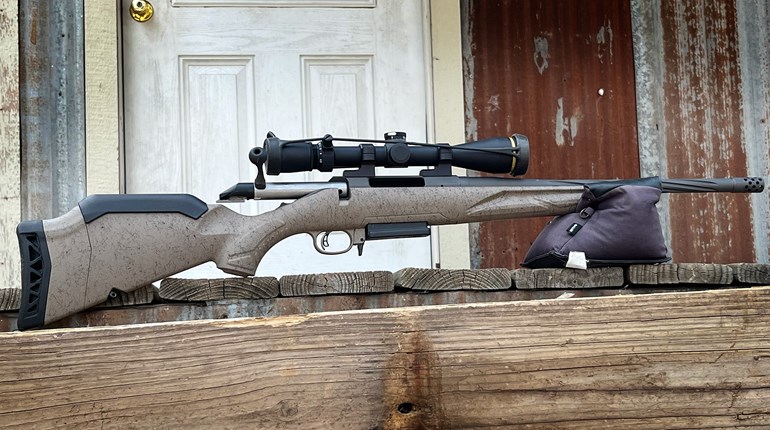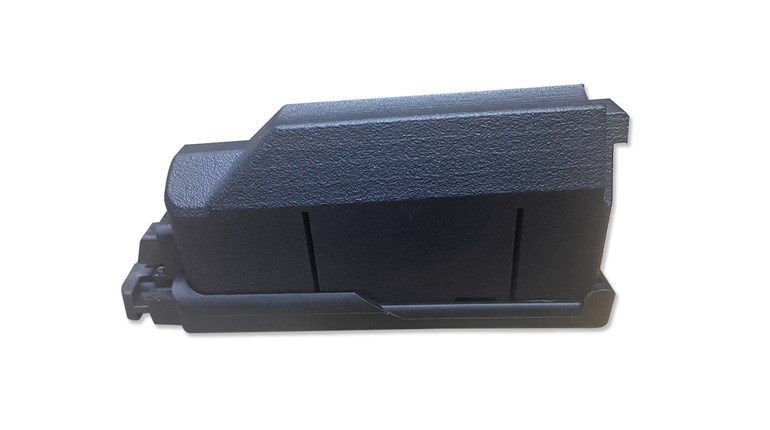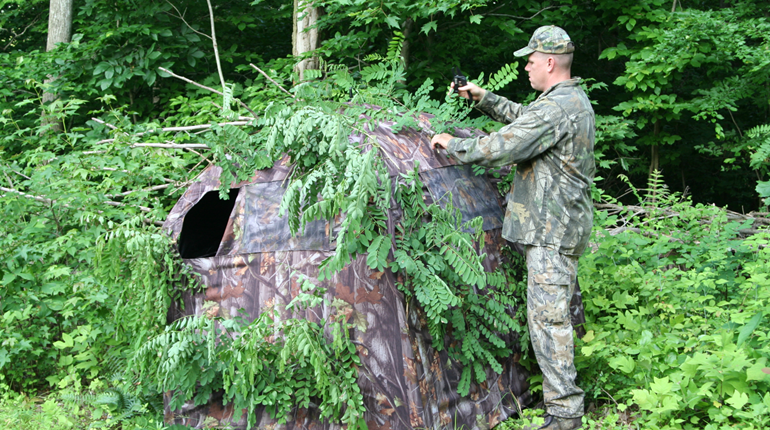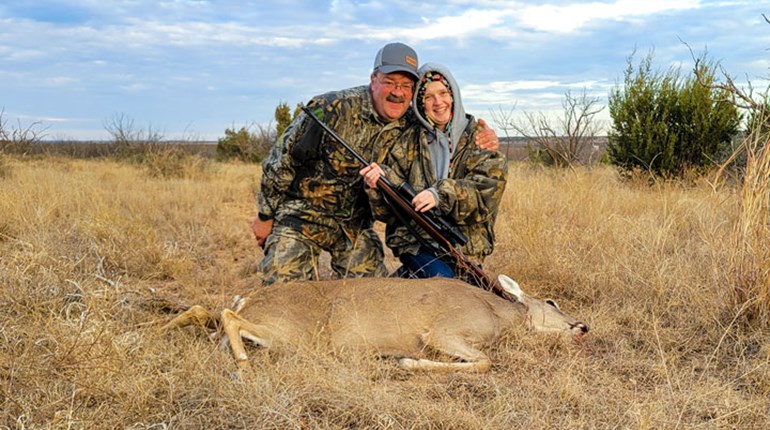
So, I'm sitting here at my desk staring at an almost totally blank piece of paper with the words "Hit List" sketched out across the top.
I've always wanted to have one of these and, finally, I have enough presents under my deer hunting tree to warrant such a compilation. To date we've spied four or so bucks on my Maryland lease property that will certainly qualify as hittable (or listable, whichever you'd prefer).
There's the mainframe, picket fence 10-point that we've filmed frequenting the soy bean field guarding the western edge of the 120-acre parcel of land. He's joined by a buck that's undoubtedly part of the same bloodline, an 8-point with similar size and stature. I'd say these boys are both mature enough to meet my Rage broadhead when Maryland bow season opens in about a month.
But there are so many factors that go into identifying and monitoring the movements of these deer. First of all, mature bucks are more visible around this time of year than any other, and their patterns will soon change. Studies suggest that on average the center of a deer's fall range will be 500 yards from its summer range (read more in your September issue of American Hunter Magazine). As each deer will behave differently, it is also important to pay attention to the behavioral patterns of the bucks identified. When, how and where will they be active during the fall months? Will they resurface on our trail cameras at all?
The size of my property will also determine how I pursue my hit list bucks. To put it simply, we don't have a huge chunk of land to hunt, and we can't afford to push these deer to adjacent properties. Getting in and out of the woods without disturbing these guys will be crucial.
By the time you've locked your eyes on this blog I'll most likely have filled in the blank space on my "Hit List" page. The first step in the hunting process will be done. Stay tuned for photos of the deer we've been watching and the area's they've been frequenting. Until then, have you got a list for your property?


































